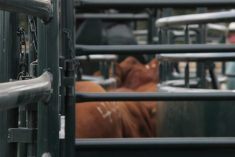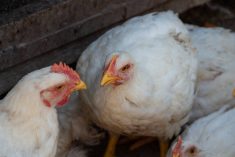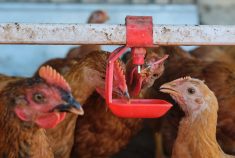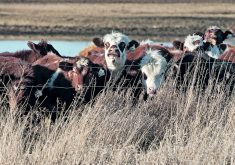Potential students in the University of Alberta’s new animal health program so far appear to come more from an urban background than an agricultural one.
That observation of student interest in the U of A’s new B.Sc. program in animal health led to a new course focused on house pets rather than production livestock this fall at the U of A’s faculty of agricultural, life and environmental sciences (ALES).
As part of the B.Sc. program, which launches in 2010, the university will have a course in Companion Animal Nutrition, which will cover “everything from the history of dog kibble to the concept of wellness diets for Rover or Fluffy” for its 16 third- and fourth-year undergraduate students.
Read Also
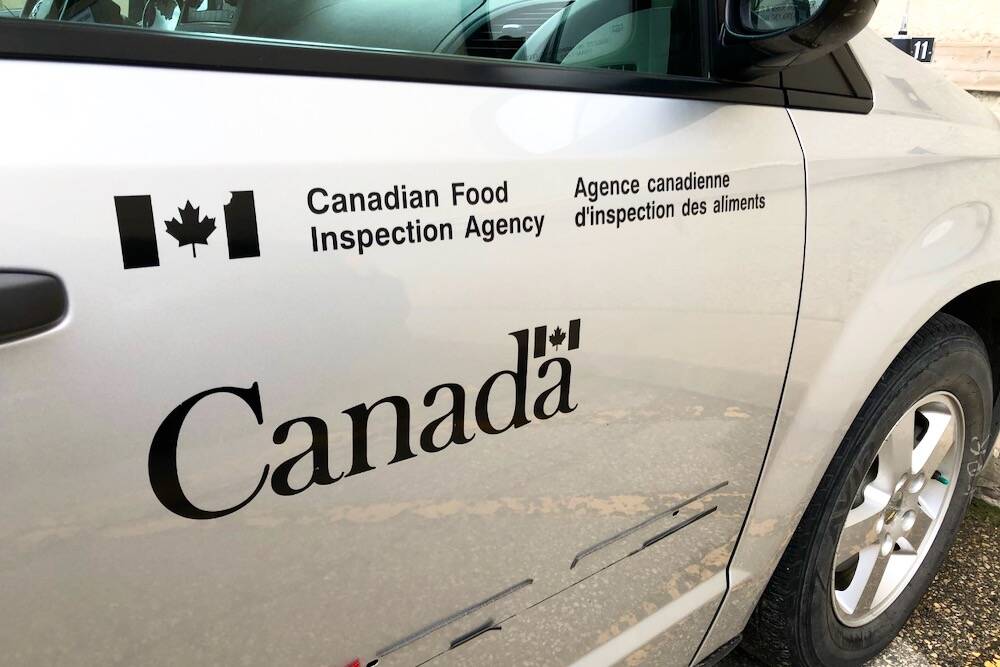
CFIA adds controls for imports of Spanish feed ingredients after African swine fever outbreak
The Canadian Food Inspection Agency (CFIA) has added Spain to a list of countries subject to feed import controls due to an outbreak of African swine fever in that country.
Course instructor Ruurd Zijlstra and post-doctoral researcher Barbara Metzler-Zebeli created the course to appeal to potential animal science students with an urban background, “who are beginning to outnumber those coming from agricultural lifestyles,” the U of A said.
“They have much more of a connection talking about the nutrition of companion animals than livestock species,” Zijlstra said.
“This course builds on what students and teachers already know about livestock nutrition, and allows students to extend their knowledge by making anatomical and physiological comparisons with companion animals,” he said.
Students are to learn about what dogs and cats require nutritionally, how they use the nutrients, and current issues in pet food nutrition and manufacturing. “Pocket” pets such as hamsters, fish and reptiles will also be “briefly covered,” the U of A said.
Small-animal nutrition is a growing field of research and development, so there is plenty of potential for high-end careers outside of veterinary medicine, Zijlstra said in a U of A release last week. “There are few companion animal nutritionists out there, so trained animal nutritionists can pick a job.”
Because of the job opportunities available, Zijlstra expects “quite a few students will take this course.”



